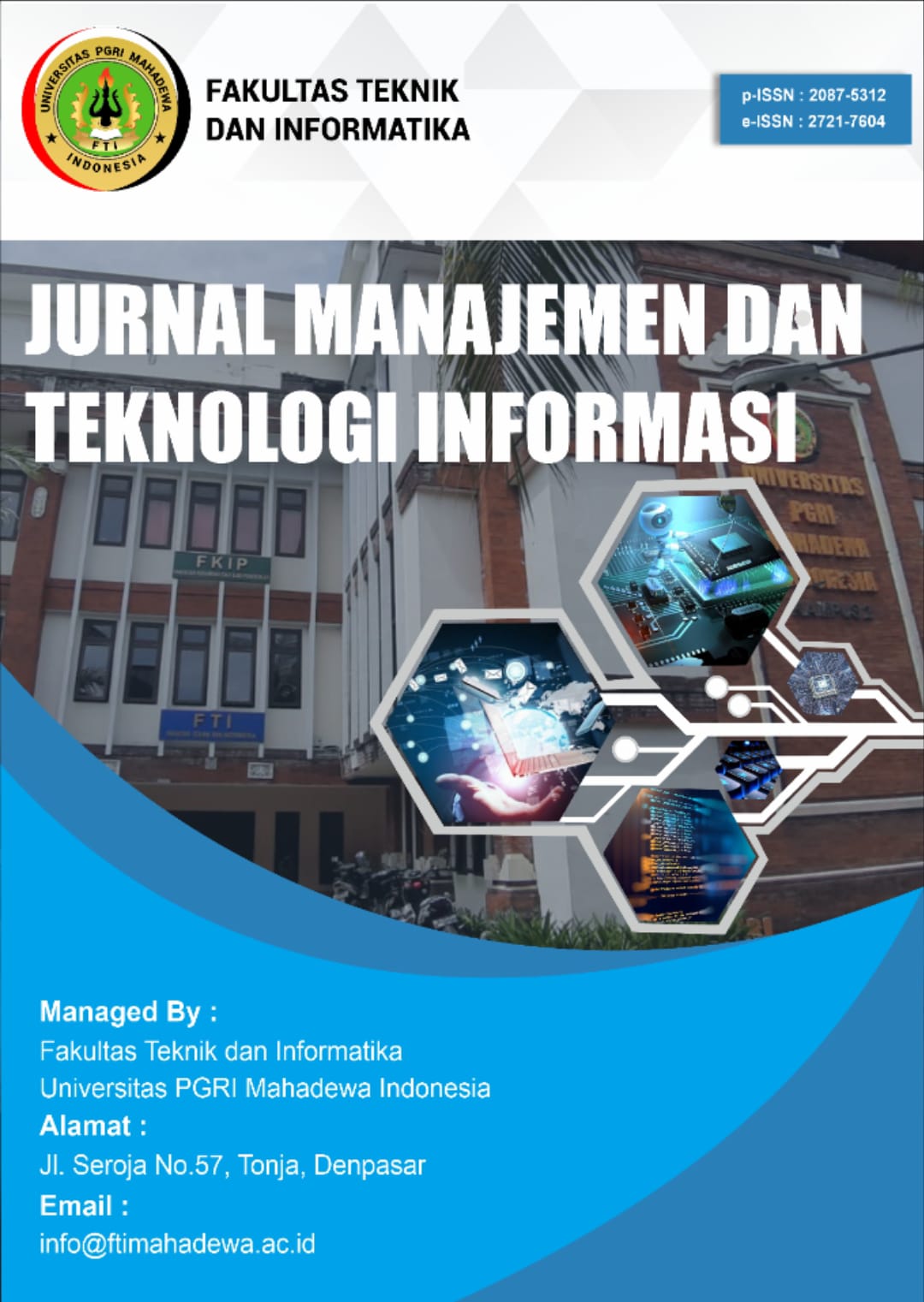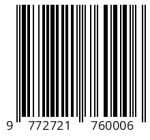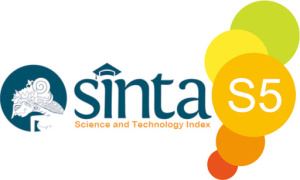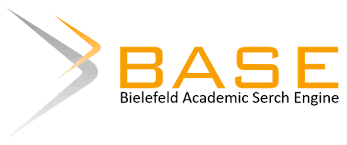PENGUJIAN ANTARMUKA DAN PENGALAMAN PENGGUNA WEBSITE SATUAN PENGAWAS INTERNAL POLITEKNIK NEGERI BALI
DOI:
https://doi.org/10.59819/jmti.v15i1.4634Keywords:
Usability Testing, Laravel, Internal Supervisory Unit, Higher Education Website.Abstract
Website development for internal quality control units in higher education has become increasingly important in supporting transparency and accountability. This study focuses on usability testing of the official website of the Internal Supervisory Unit (Satuan Pengawas Internal/SPI) of Politeknik Negeri Bali, which was developed using the Laravel framework. The main objective of this research is to evaluate the website’s functionality and user interface based on user experience from three main stakeholder groups: lecturers, administrative staff, and students. A total of 15 participants were selected through purposive sampling and engaged in direct observation using structured task scenarios. Data were analyzed using a thematic qualitative approach to identify patterns of user behavior, difficulties, and feedback. The results show that users generally found the interface clear and easy to navigate, although some improvements were suggested in terms of layout consistency and icon clarity. The findings also highlight the importance of participatory design in educational IT systems. This research contributes practical insights for improving campus-based web platforms and emphasizes the relevance of user-centered design in public sector digital transformation.
Downloads
References
Astawa, I. P. G., Darmawiguna, I. G. M., & Sugihartini, N. (2019). Evaluasi Usability Sistem Informasi Kepegawaian Kabupaten Badung (Simpeg Badung) Menggunakan Metode Usability Testing (studi kasus: SMP Negeri 3 Petang). Karmapati, 8(2), 209–223.
Hajizah, A. (2024). Penerapan User Experience Dalam Permodelan Sistem Informasi Keuangan. Journal of Information Technology, Software Engineering and Computer Science (ITSECS, 2(1). https://doi.org/10.58602/itsecs.v2i1.88
Kristiyanti, M. (2011). Penilaian Kinerja (Performance Appraisal) pada Karyawan di Perusahaan. Majalah Ilmiah Informatika, 46.
Kurnia, S., & Nawaningtyas, N. (2024). Analisis Interaksi Pengguna dalam Desain User Interface dan User Experience yang Lebih Baik Menggunakan Metode Heuristik. JTMEI, 3(4).
Peraturan Menteri Riset, Teknologi, Dan Pendidikan Tinggi Republik Indonesia Nomor 62 Tahun 2016 Tentang Sistem Penjaminan Mutu Pendidikan Tinggi (2016). www.peraturan.go.id
Rahmasari, S. (2023). Strategi Adaptasi Bisnis di Era Digital: Menavigasi Perubahan dan Meningkatkan Keberhasilan Organisasi. Karimah Tauhid, 2(3), 622–636.
Totok, H., & Wahono, T. (2024). Peran Sistem Informasi Manajemen Dalam Meningkatkan Transparansi Dan Akuntabilitas. Paradigma: Jurnal Filsafat, Sains, Teknologi, Dan Sosial Budaya, 30, 97–110.
Yeremia Niaga Atlantika, Sabinus Beni, Eligia Monixa Salfarini, Benedhikta Kikky Vuspitasari, & Candra Gudiato. (2024). Analisis Gaya Kepemimpinan Pada Praktik Studi Kelayakan Bisnis Dalam Era Ekonomi Digital di Daerah Perbatasan. JURNAL LENTERA BISNIS, 13(3), 2026–2043. https://doi.org/10.34127/jrlab.v13i3.1257
Zamzami, F., & Arifin Faiz, I. (2015). Evaluasi Implementasi Sistem Pengendalian Internal: Studi Kasus Pada Sebuah Perguruan Tinggi Negeri. Jurnal Akuntansi Multiparadigma JAMAL, 6.
Downloads
Published
Issue
Section
License
Copyright (c) 2025 Putu Satya Saputra, I Putu Gede Abdi Sudiatmika, I Putu Astya Prayudha

This work is licensed under a Creative Commons Attribution-ShareAlike 4.0 International License.
Authors who publish with the Jurnal Manajemen dan Teknologi Informasi agree to the following terms:
1. Authors retain copyright and grant the journal the right of first publication with the work simultaneously licensed under a Creative Commons Attribution License (CC BY-SA 4.0) that allows others to share the work with an acknowledgment of the work's authorship and initial publication in this journal.
2. Authors are able to enter into separate, additional contractual arrangements for the non-exclusive distribution of the journal's published version of the work (e.g., post it to an institutional repository or publish it in a book), with an acknowledgment of its initial publication in this journal.
3. Authors are permitted and encouraged to post their work online (e.g., in institutional repositories or on their website) prior to and during the submission process, as it can lead to productive exchanges, as well as earlier and greater citation of published work. (See The Effect of Open Access) .





















